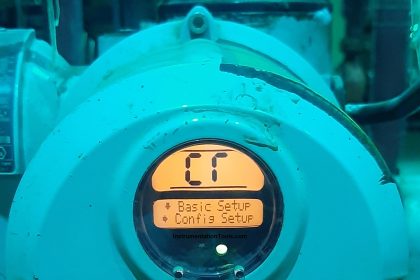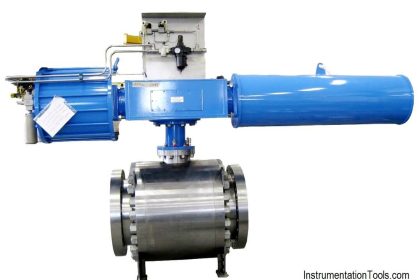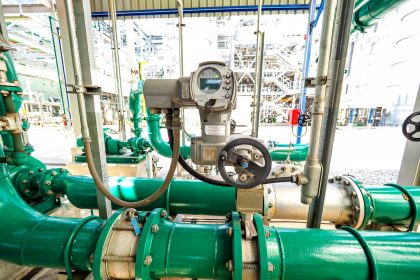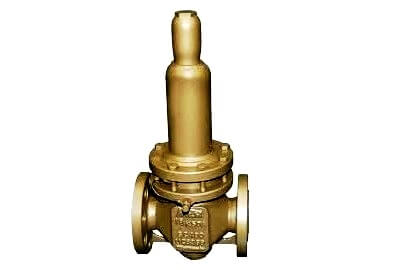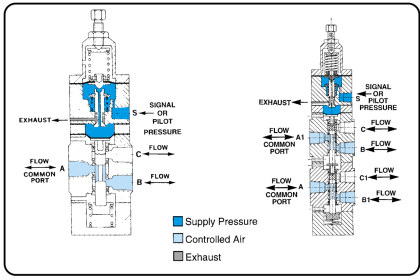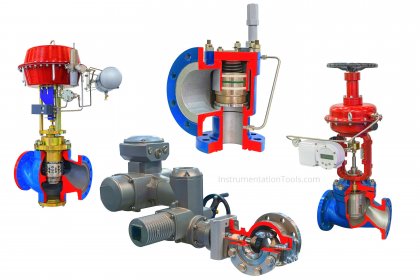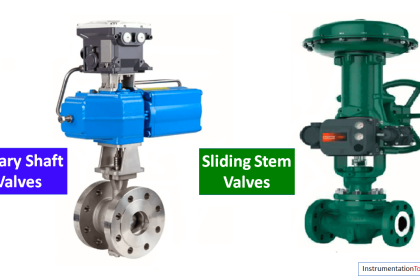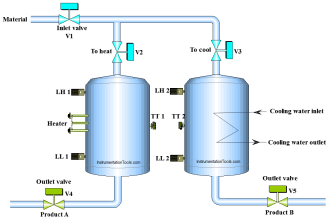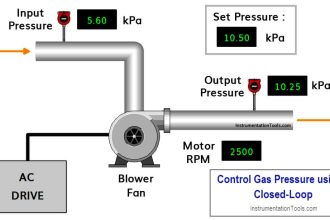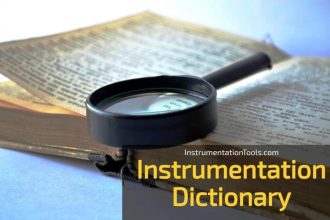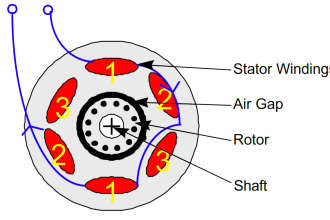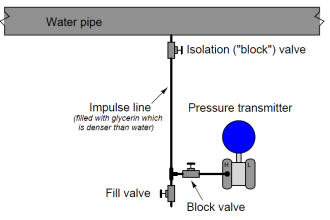Control Valve Relation between Cv and Kv
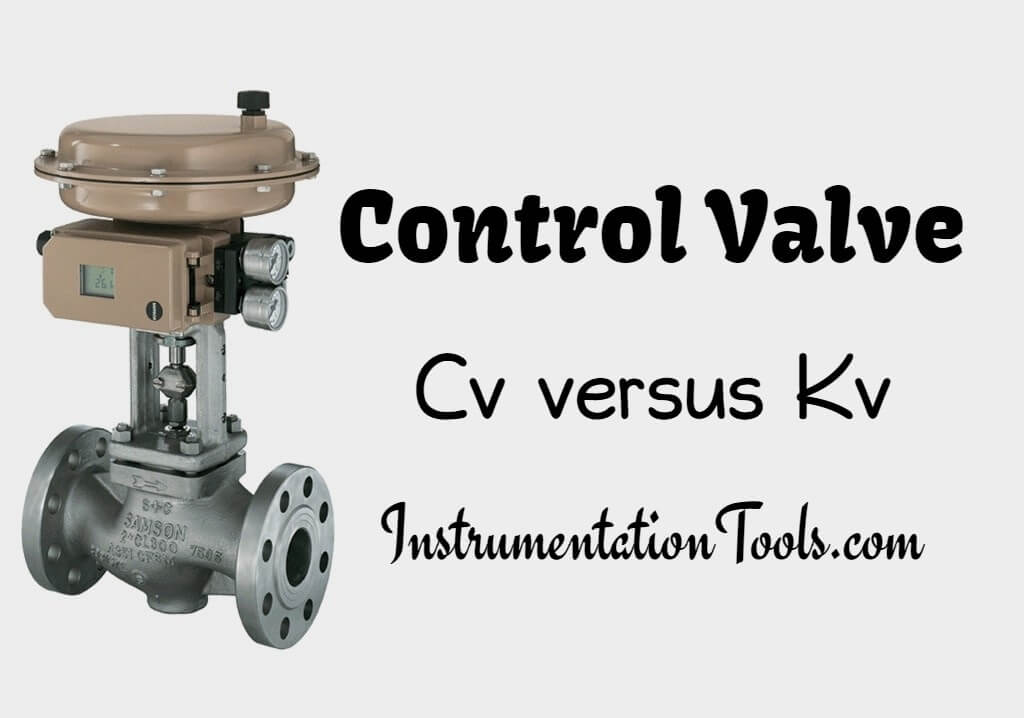
How do we get value 1.156 (Conversion Factor) in formula Cv = 1.156Kv or Cv= 1.156×Q×sqrt (G/delta P). Please explain.
Answer:
For measuring the valve capacity of control valves, the coefficient Cv or its metric equivalent Kv is adopted.
The Valve Coefficient (Cv – in Imperial unit) – the number of US GALLON PER MINUTE of water at 60 °F that will flow through a valve at specific opening with a pressure drop of 1 psi across the valve.
The flow factor (Kv – in Metric unit) – the amount of water that will flow in m3/hr. with a temperature range 5 to 30 °C and pressure drop of 1 bar.
The relationship between Cv and Kv is
Cv = 1.156 * Kv. OR
Kv = 0.864 * Cv
The flow rate for a liquid Q = Cv * Sq. Root of ( ΔP/SG)
Q = Flow in US GPM.
Cv = Flow Coefficient of control valve
ΔP = Differential pressure
SG = Specific Gravity of fluid (reference against water at 60 °F)
Now we discuss about how we get the conversion factor of 1.156 in the formula, Cv = 1.156Kv
Unit conversions from Imperial to Metric (vice versa)
1 US gpm = 0.227125 m3/hr and 1 m3/hr = 4.4028812454 US GPM
1 psi = 0.06894757 bar and 1 bar = 14.503773773 psi
60 deg F = 15.5 deg C
Conversion of units for Cv to Kv
Cv = 1 m3/hr * sqrt (1/1bar)
Cv = 4.4028812454 US GPM * sqrt (1/14.503773773 psi)
Cv = 4.4028812454 US GPM * 0.2625786985 *1/psi
Cv = 1.1561 US GPM /psi
Cv = 1.156 Kv
Conversion of units for Kv to Cv
Kv = 1Us gpm *sqrt (1/1psi)
Kv = 0.227125 m3/hr * sqrt (1/0.06894757 bar)
Kv = 0.2271 * 3.808 * m3/ hr
Kv = 0.864 m3/ hr
Kv = 0.864 Cv
At a particular percentage of opening of valve giving Cv = 1 will pass 1US GPM ( at 60 °F) and a pressure differential of 1 psi upstream and downstream across the valve.
For the same pressure conditions, if we increase the valve opening to create Cv = 10, It will pass 10 US GPM provided 1 psi pressure drop across the valve (remains same).
Q = 1/1.156 Cv * Sq. Root of ( Δ P/SG)
Q = 0.865 Cv * Sq. Root of ( Δ P/SG)
Q = Flow in m3/hr.,
Δ P = 1 bar,
SG = 1 for water at 15°C (Equivalent of 60°C Imperial units)
In metric units, the same valve with Cv = 1 pass 0.864 m3/hr. (at 15 °C) with a delta P of 1 bar across the valve.
Summary :
For any specific valve opening with an equivalent pressure drop and equivalent temperature, by applying multiplication factor we get equal flows in both Imperial and metric units.
Example :
Simple Example of conversion factor between two different mass units is:
1 Kg = 2.2 * Pounds
In a simple balance consisting two pans – 1 Kg of Weight in one pan and in second pan need to put 2.2 Times Pound weight, then only two pans stay equal in a simple balance. (Under same environmental conditions)
Kg = Kilogram is a Metric unit
Pound is Imperial unit.
10 Kg = 2.2 * 10 Pounds = 22 Pounds.
100 Kg = 2.2 * 100 Pounds = 220 Pounds
Same is the relation between Cv and Kv.
Read Next:
- Swing Check Valves
- Control Valve Characteristics
- Thermostatic valves Principle
- Different Valve Types
- Valves Leakage Classification
